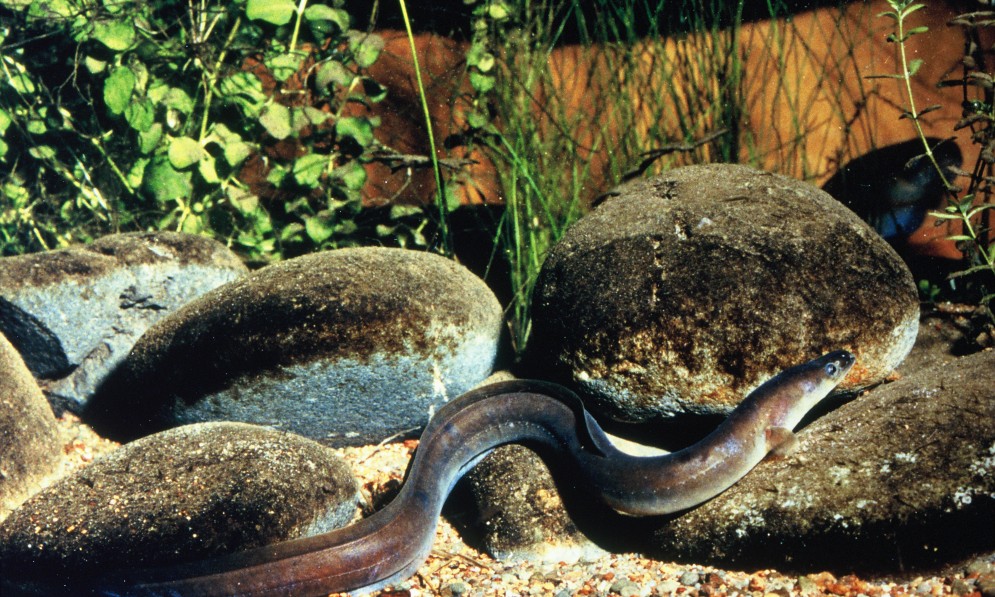Forest & Bird is welcoming new guidelines released today that aim to reduce obstacles to fish in our streams, rivers and lakes.
“Our native freshwater fish need to migrate up and down stream in order to feed and breed, especially those that spend part of their lives at sea,” says Forest & Bird’s Freshwater Advocate Annabeth Cohen.
“But many of our waterways are blocked by structures like dams, weirs, and culverts. This means our fish can become trapped, unable to travel up and down stream.”
The new guidelines, launched by the Conservation Minister Eugenie Sage, have been developed by the Department of Conservation and NIWA, in conjunction with the Fish Passage Advisory Group.
“It’s great to have these guidelines, developed with experts from a range of fields, to help agencies ensure fish can travel more freely.”
“New Zealand’s freshwater fish are a taonga, but they are in serious trouble,” says Ms Cohen. “We know that 74% of our fish are threatened with extinction.”
“Of all the threats facing our freshwater fish, this is one threat we can easily manage.”
Ms Cohen says that both the DOC and regional councils have responsibility for native fish and their habitats.
“For example, when a regional council grants consent for a road over a stream, they are required to ensure safe fish passage, but our understanding is this doesn’t always happen.”
Forest & Bird is calling on all regional councils to adopt these guidelines so any new structure built will ensure safe fish passage.
“We also support the recommendation that, where existing structures are blocking fish movement, the first solution should be removal, with retrofitting a second option if removal is not possible.”
“Councils need to prioritise fish passage, and these new guidelines are a great resource to help them.”
“Our native freshwater fish need a fully connected freshwater system. From streams, through lakes and wetlands, down rivers, out to sea, and all the way back up — fish must be able to travel freely.”
Notes for journalists
- One third of our native freshwater fish spend part of their lives at sea. Migration is crucial to their survival.
- For example, eels grow large in our rivers, lakes and wetlands before travelling to their breeding grounds in the sub-tropical South Pacific to spawn before dying. The larvae return to New Zealand and elvers (young eels) travel up streams to find a suitable home, and the cycle begins again.
- The lamprey is born in New Zealand rivers and then travels out to sea to feed for three years, travelling as far as the Pacific Islands and the Antarctic. When the lamprey is well fed and ready, it travels home to the very same stream where it was born to breed.

